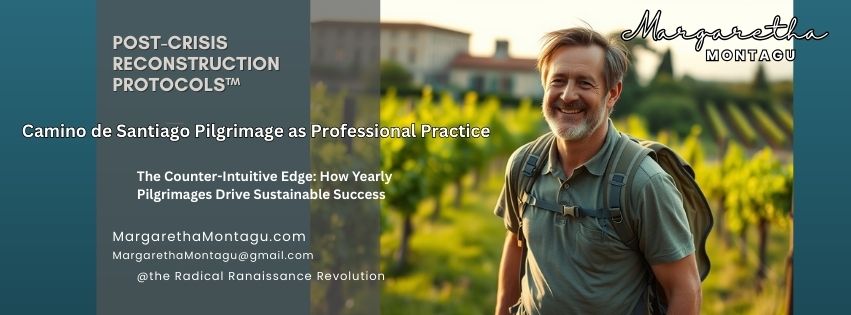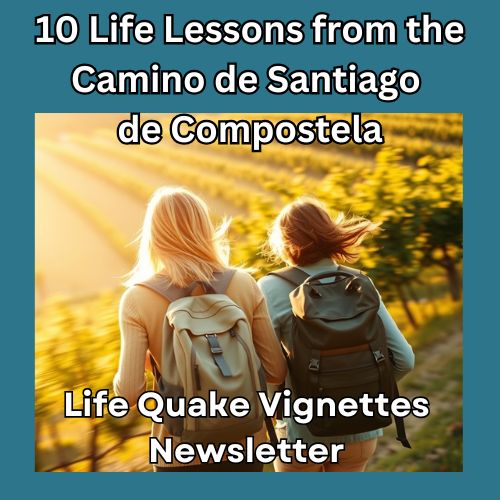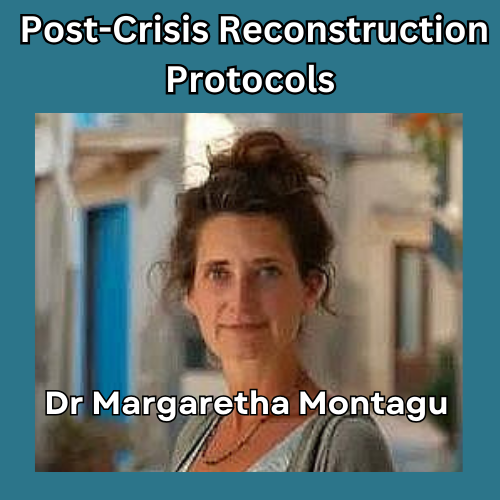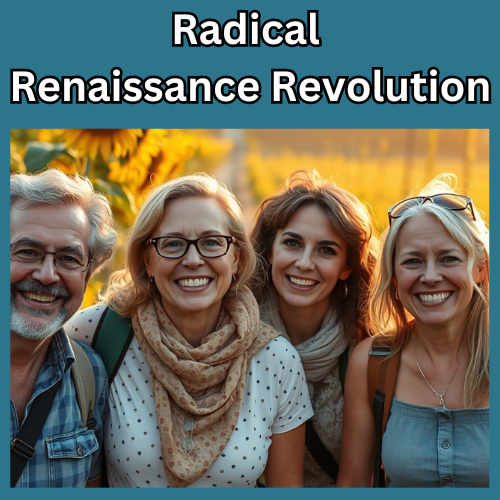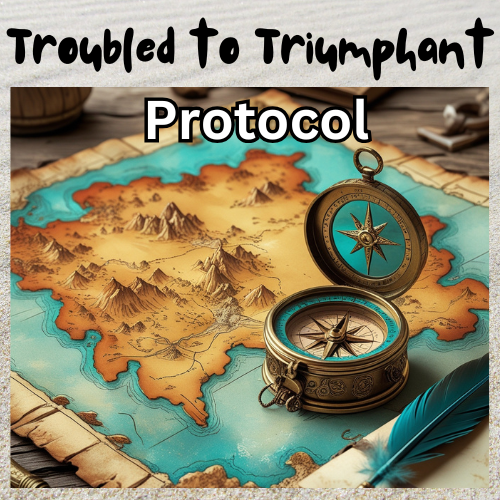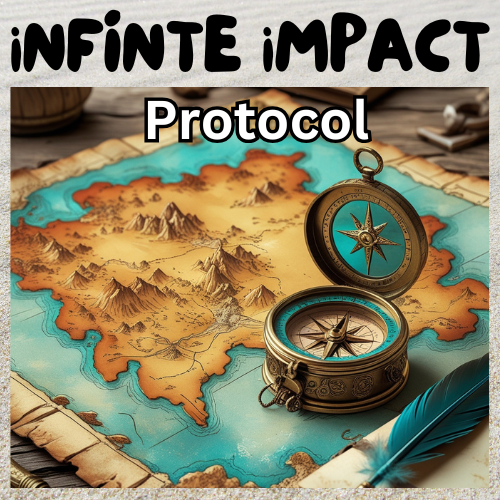#AnnualCaminoDeSantiagoEscape
Why do you attend a Camino de Santiago walking retreat every year? For the mind-clearing breakthroughs.
Picture this: the CEO of a tech empire or the maestro of mergers, vanishing into the ether for a springtime sojourn along a thousand-year-old trail. Or perhaps the investment banking wiz, retreating into ten days of serene silence among strangers. What’s their secret? They’ve discovered the art of making space for nothingness, and it’s a game-changer.
But doesn’t full calendars signify importance? Full inboxes indicate demand for our attention? Full meeting rooms suggest productive collaboration? Full minds demonstrate our readiness to contribute?
I used to think so, but since moving to my little farm here in the southwest of France, alongside th Camino de Santiago de Compostela, I have discovered that “fullness,” and “busyness ” are not as valuable professional assets as I had always thought.
Our modern world is a relentless whirlwind of emails, meetings, and deadlines. We’re so busy being busy that we forget the power of just… being. Neuroscientists, those seriously clever chaps, tell us that our brains thrive in moments of restful wandering. It’s during these quiet interludes that the default mode network—your brain’s creative think tank—gets to work, weaving together insights that might otherwise remain elusive.
Consider the empty coffee cup. In my house, this constitutes a small disaster, a coffee cup should be full of steaming coffee! The cup’s value lies not in the ceramic from which it’s made, but in the empty space it contains—the void that allows it to hold what nourishes us. Just as an empty coffee cup is the vessel that holds the reviving brew, so too is the emptiness in your life the space that fosters breakthrough thinking.
The Science of Strategic Emptiness
This isn’t just some philosophical musing. Neuroscience is on your side. When your mind is constantly engaged with stimuli—emails, meetings, decisions, deadlines—you operate primarily in task-focused, narrow attention mode. This mode is excellent for executing known processes but terrible for generating novel insights.
Breakthrough thinking requires activation of the default mode network—a constellation of brain regions that light up when you’re not focused on external tasks. This network, which becomes active during mind-wandering and unstructured thinking, plays a crucial role in making unexpected connections between disparate ideas—the essence of creativity and innovation.
The problem? Most professionals never allow their default mode the time and space it needs to work. We fill every gap with productivity—checking emails while waiting for coffee, listening to podcasts while exercising, and scheduling calls during commutes. We’ve engineered emptiness out of our lives, and with it, the very conditions needed for our most valuable thinking.
Strategic Emptiness in Practice
When you walk the Camino de Santiago pilgrims’ route, something remarkable happens. The simple, repetitive act of walking, combined with separation from professional demands, creates ideal conditions for the default mode network to activate. Without conscious effort, the mind makes connections and generates insights that remain elusive in more structured settings.
What makes this emptiness strategic rather than merely recreational is intention and integration. You approach it with specific questions or challenges in mind, not as analytical problems to solve, but as seeds planted in fertile ground. You trust the emptiness to work on these questions below the level of conscious thought. And you deliberately integrate insights gained during emptiness back into your professional context.
Maria’s Void: A Story of Strategic Breakthrough
Maria didn’t believe that emptiness can be beneficial. As CFO of a rapidly growing tech company, she prided herself on intellectual rigour and analytical precision. Her days were structured in 30-minute increments. Her mind was a repository of financial models, strategic plans, and performance metrics.
When her company faced a seemingly intractable cash flow problem—one that threatened not just growth but survival—Maria attacked it with her usual weapons: spreadsheets, scenario analyses, and late-night number-crunching sessions. Despite her efforts, a solution remained elusive.
It was her colleague Thomas who suggested the Camino. “You need to empty your mind,” he said. Maria laughed. Empty minds were for meditation retreats, not for solving complex financial problems.
“Just try it,” Thomas insisted. “One week walking the Camino. No spreadsheets, no models, no trying to solve anything.”
Desperate and exhausted, Maria reluctantly agreed.
The first two days on the Camino were torturous. Her mind kept returning to the problem, running the same calculations, considering the same options, reaching the same dead ends. By day three, something shifted. The rhythm of walking, the glorious landscape, and the absence of digital interruptions began to quiet her analytical mind.
On day four, walking through a stretch of oak forest, Maria stopped trying to solve anything. She surrendered to the emptiness, focusing only on the crunch of gravel beneath her boots and the dappled sunlight filtering through the leaves. For the first time in months, perhaps years, her mind was completely empty.
That evening, sitting outside, watching the sunset paint the hills gold, a question floated into her empty mind: “What if we’re measuring the wrong thing?”
The thought wasn’t analytical or structured. It arrived complete, like a visitor knocking at a door. As she allowed it space, it expanded. Their cash flow problem wasn’t a function of revenue timing or expense management as she’d assumed. It was a fundamental mismatch between how they measured business performance and the actual value they created.
The solution unfolded effortlessly in her mind, not as a complex financial model, but as a simple, elegant restructuring of their entire approach to business metrics. The breakthrough wasn’t in finding a better answer to the question she’d been asking, but in discovering she’d been asking the wrong question altogether.
When Maria returned to work, she implemented her new approach. Within three months, the cash flow problem had resolved itself, and the company had discovered new growth opportunities they’d previously overlooked.
“The strangest part,” Maria later told Thomas, “was that I wasn’t trying to solve the problem when the solution came. I had finally stopped trying. I had emptied my mind of everything I thought I knew, and that emptiness created space for something entirely new to emerge.”
The Annual Practice of Emptiness
Maria’s story illustrates why many professionals now make walking the Camino an annual practice rather than a one-time experience. Strategic Emptiness isn’t a technique to be applied occasionally when stuck; it’s a fundamental practice that creates ongoing conditions for breakthrough thinking.
The professional mind is like a garden that, without regular tending, becomes overgrown with assumptions, habitual patterns, and outdated models of reality. An annual pilgrimage serves as a clearing practice, removing what no longer serves you and creating space for fresh insights to take root.
The stunning landscapes of southwestern France, with their rolling hills and ancient villages, create natural conditions for the mind to empty itself of professional concerns and open to new possibilities.
The Courage to Embrace Emptiness
It takes courage to embrace emptiness in a professional culture that reveres fullness. It requires trust in processes you can’t see or measure. It demands you temporarily set aside your carefully constructed professional identities and the mental models that have served you in the past.
Yet for those willing to take this counter-intuitive path, Strategic Emptiness offers something precious: not just solutions to immediate problems, but ongoing access to your deepest creative resources and most valuable insights.
Six Ways to create Emptiness in your Professional Life:
- The Pilgrimage Principle: Take a leaf out of Maria’s book and embark on a physical journey. Whether it’s the Camino de Santiago or a simple hike in the woods, the act of walking can clear your mind and spark new ideas.
- The Silent Sojourn: Dedicate a day to silence. No phones, no emails, just you and your thoughts. Retreat to a quiet cabin, a monastery, or even a quiet corner of your home.
- The Creative Cadence: Engage in a creative hobby that doesn’t require constant focus. Painting, playing a musical instrument, or even knitting can allow your mind to wander freely.
- The Digital Detox: Schedule regular periods where you unplug completely. Turn off your devices, step away from your screen, and give your brain a much-needed break.
- The Reflective Ritual: Set aside time each day for reflection. Journal your thoughts, ponder your goals, or simply sit in quiet contemplation. This practice can help you gain perspective and uncover new insights.
By intentionally making space for emptiness in your professional life, you’ll not only enhance your creativity and decision-making but also foster a deeper sense of fulfilment and well-being. So, go ahead—embrace the void. Your brilliant mind will thank you!
“Breakthrough insights rarely emerge from the busy, crowded spaces of our professional lives. Instead, these insights appear in the empty spaces we’ve deliberately cultivated.” Dr Margaretha Montagu
More and more frequently, I notice that my busy professional guests return year after year, to spend a week walking the same stretch of the Camino de Santiago, during a walking retreat at my little farm here in the south of France. Why? I asked, and got a variety of answers. It boiled down to good food, good wine, good company and spectacular scenery. Also familiarity, ease of access, and insightful chats.
On the Camino, something remarkable happens. The simple, repetitive act of walking, combined with separation from professional demands, creates ideal conditions for the default mode network to activate. Without conscious effort, the mind begins to make connections and generate insights that remained elusive in more structured settings.
Join us this year?
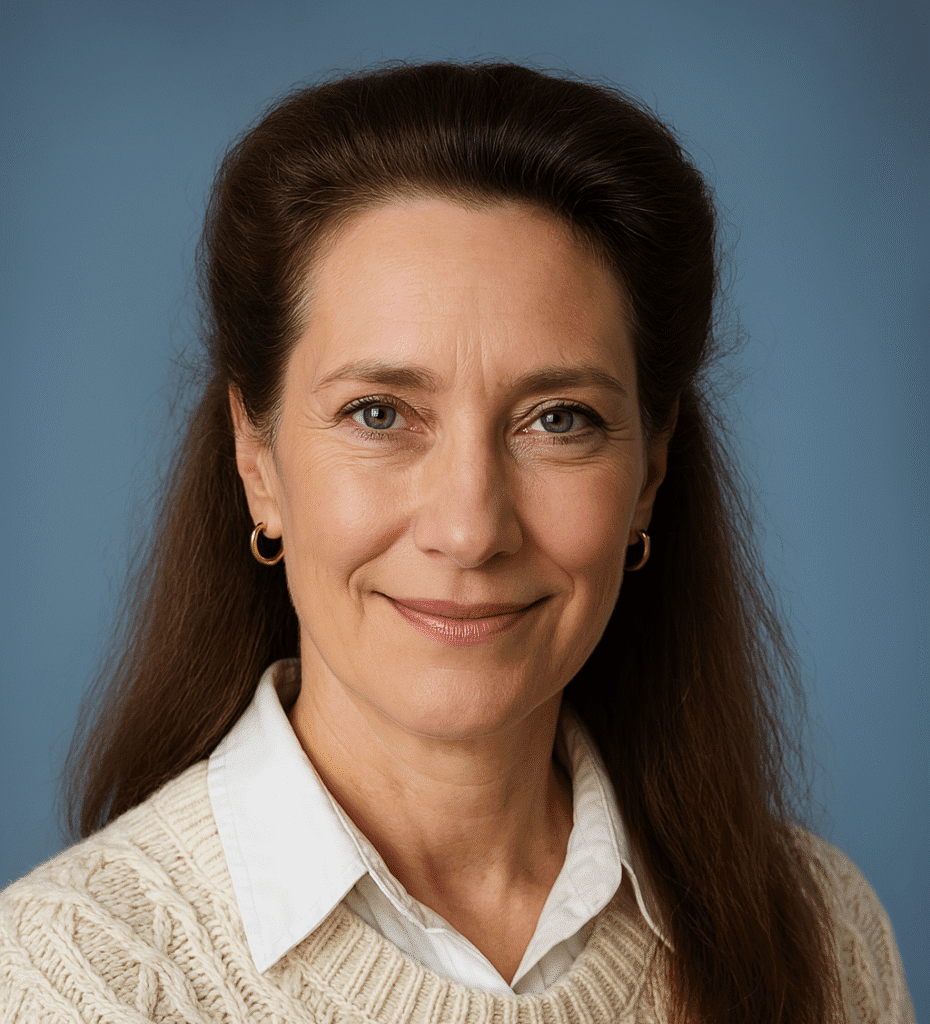
Author Bio: Dr Margaretha Montagu – described as a “game changer”, “gifted healer”, “guiding light” and “life-enriching author” – is an experienced medical doctor, a certified NLP practitioner, a medical hypnotherapist, an equine-assisted psychotherapist (EAGALAcertified) and a transformational retreat leader who guides her clients through life transitions – virtually, or with the assistance of her Friesian and Falabella horses, at their home in the southwest of France.


